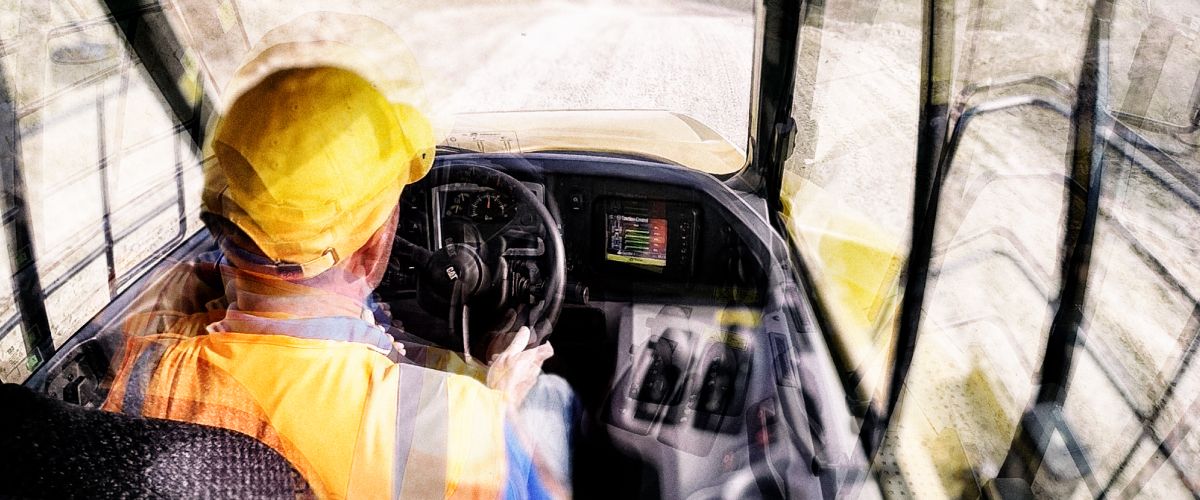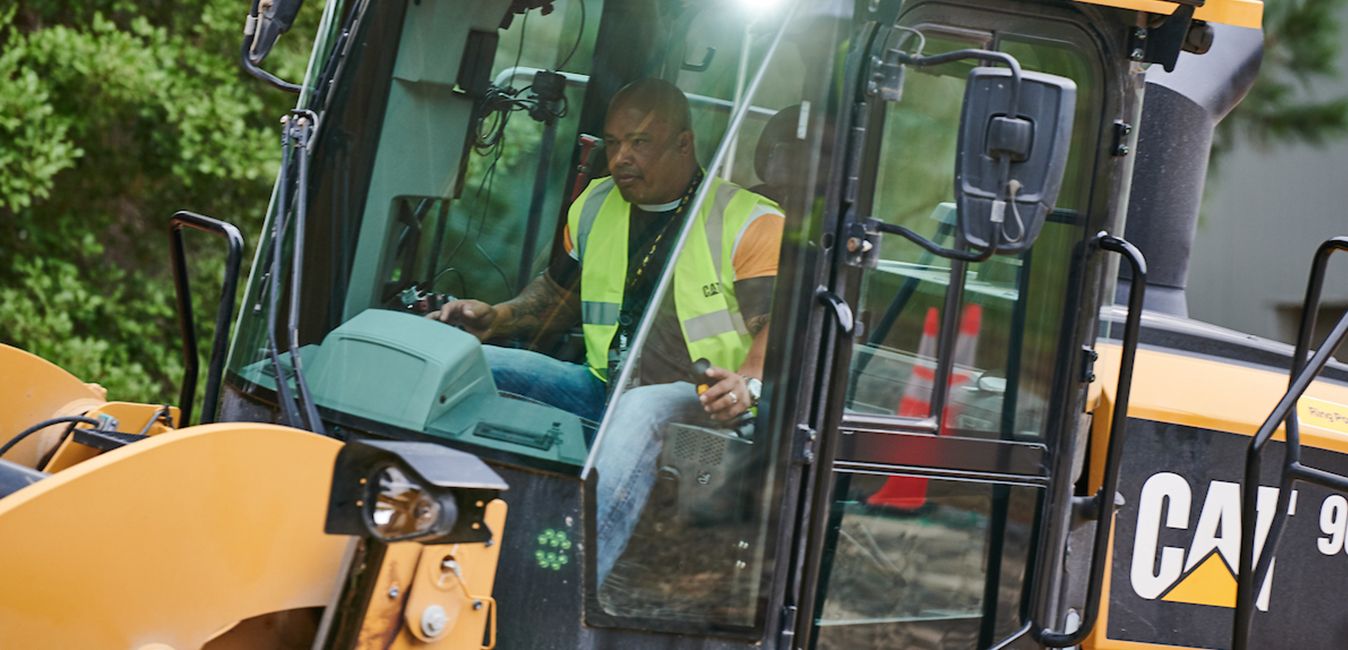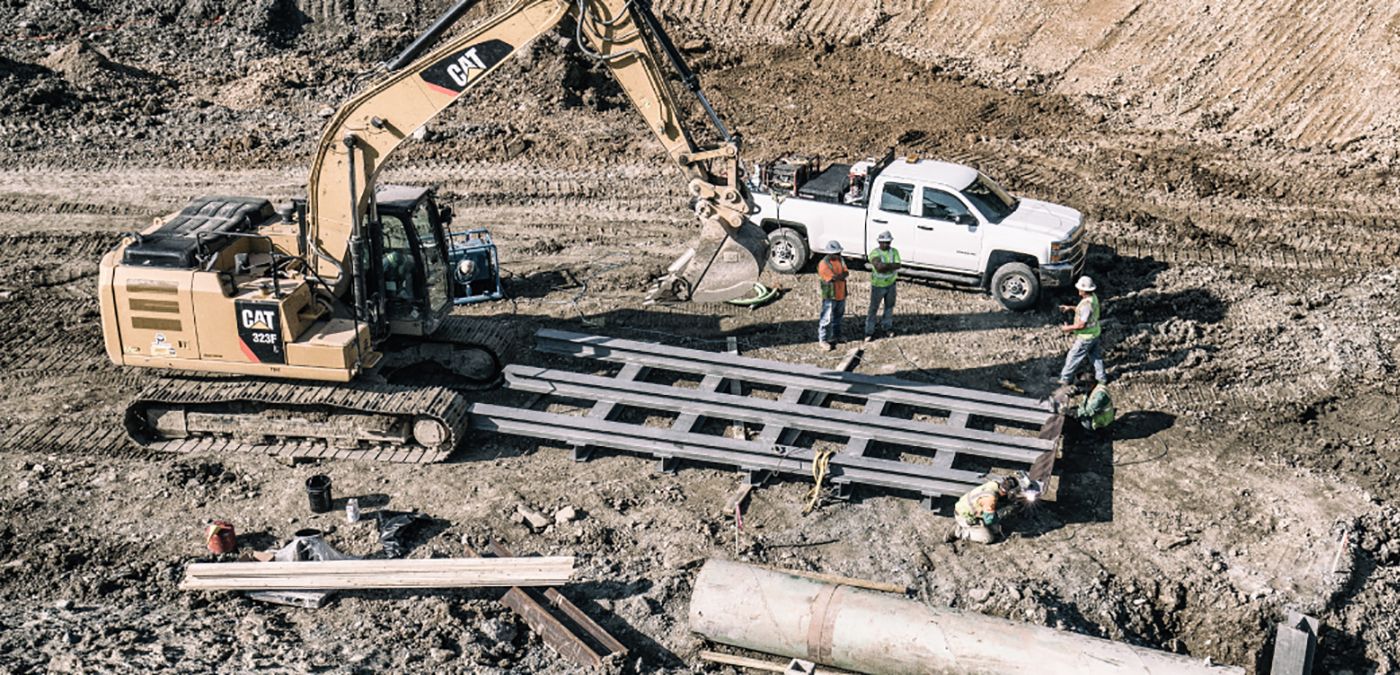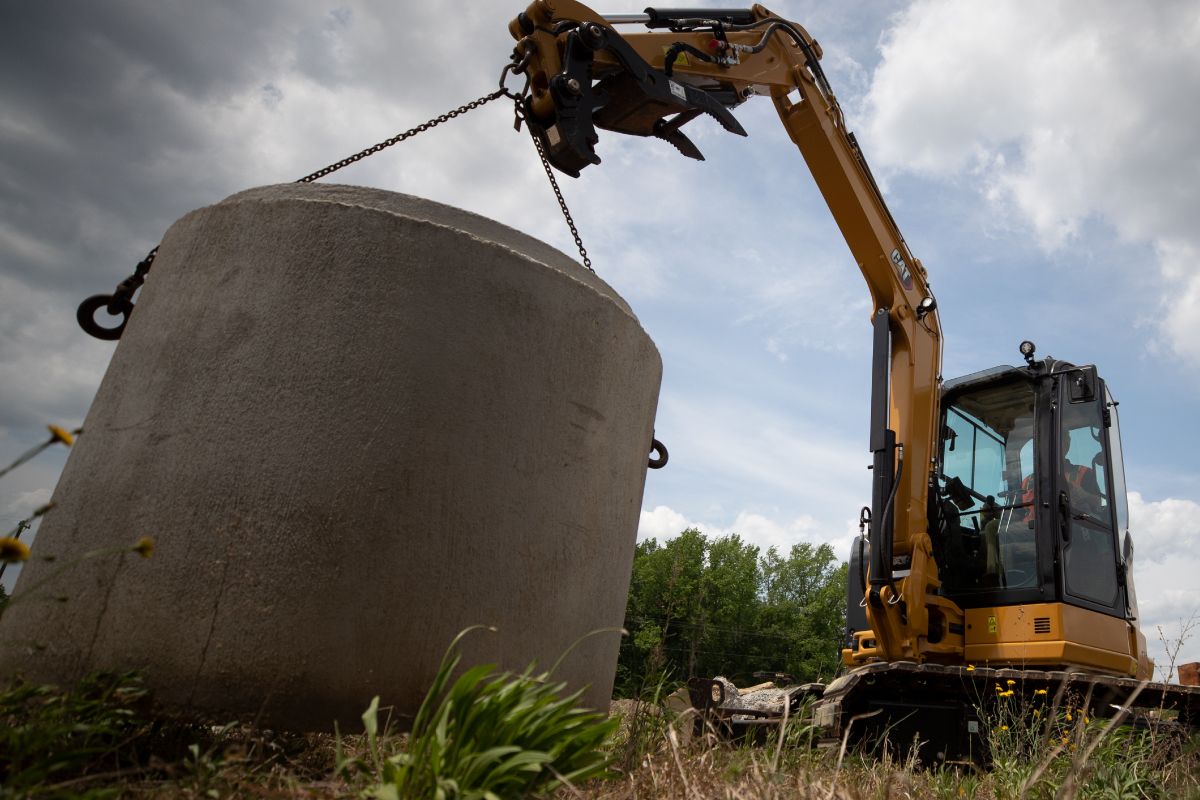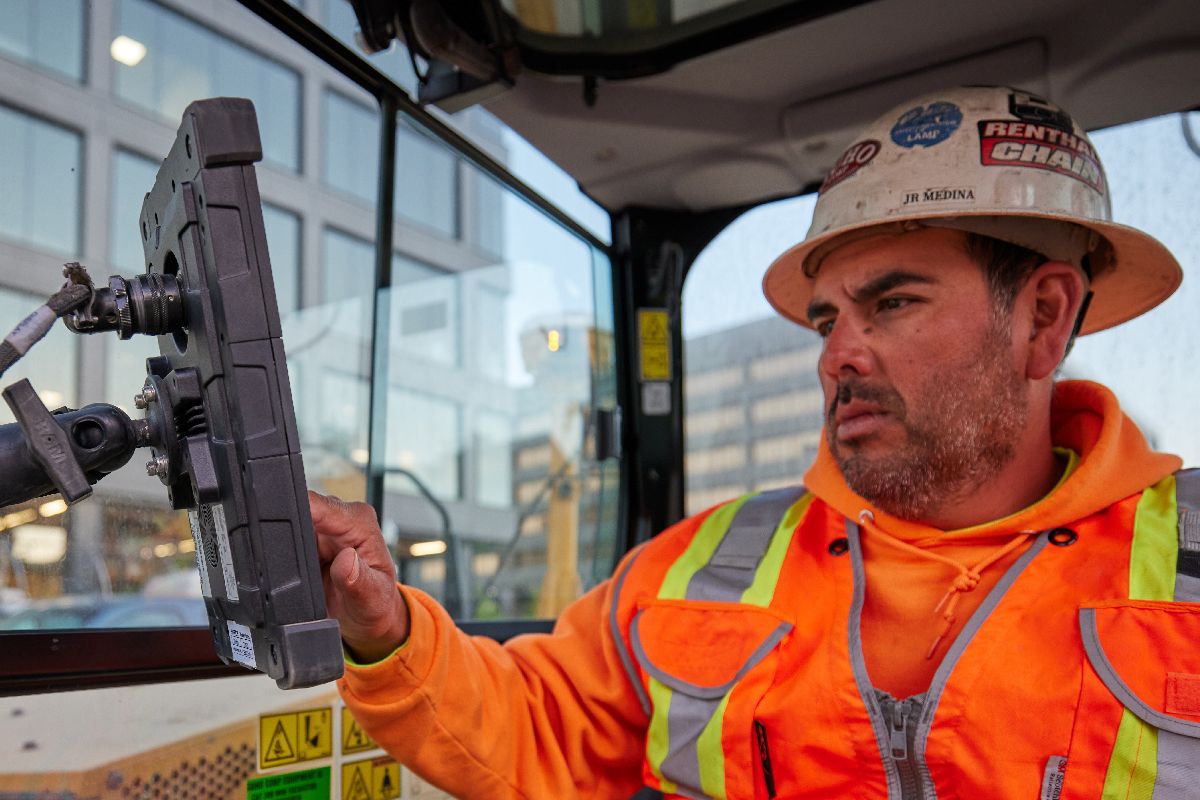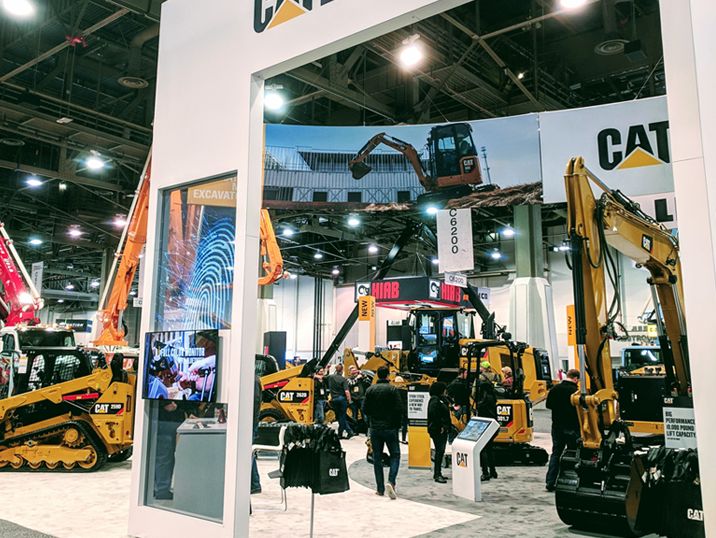

Sign In
Welcome! Sign In to personalize your Cat.com experience
If you already have an existing account with another Cat App, you can use the same account to sign in here
Register Now
One Account. All of Cat.
Your Caterpillar account is the single account you use to log in to select services and applications we offer. Shop for parts and machines online, manage your fleet, go mobile, and more.
Account Information
Site Settings
Security
Opioids and Construction:
A Bad Combination
The opioid epidemic is dominating a lot of headlines these days, with the Centers for Disease Control and Prevention reporting that opioids were involved in more than 42,000 overdose deaths in 2016 — five times that of 1999. But if you think that’s a problem for the D.C. bureaucrats to handle, think again. Opioid addiction and substance abuse in all its forms are hitting the construction industry hard. The injury rate for construction is 77% higher than the national average according to a Midwest Economic Policy Institute study, and too many workers are turning to drugs (prescription and nonprescription) and alcohol to deal with the pain. Consider these statistics:
#2: Construction has the second-highest rate of substance abuse disorder diagnoses among U.S. industries. (Substance Abuse and Mental Health Services Administration)
15%: That’s the percentage of construction workers dealing with substance abuse at any given time. (Midwest Economic Policy Institute)
6x: Workers in the Massachusetts construction and extraction industries accounted for 26% of all opioid-related overdose deaths between 2011 and 2015, six times the average rate. (Massachusetts Department of Public Health)
WHAT CAN YOU DO?
- Stop accidents from happening. Say Joe gets injured on the job, and his physician prescribes an opioid for the pain. Joe wants to get back to work as soon as possible, so he takes more than the prescribed dose. He returns to work before he’s fully healthy, risking that he’ll reaggravate the injury or suffer a new one, leading to even more opioid dependence. Plus, by working under the influence of opioids on the job, Joe puts his coworkers in danger as well. It’s a slippery slope — but one you can avoid if you make safety the #1 priority on your sites.
- Make sure workers are ready to return to action. If accidents do occur and employees are prescribed opioid painkillers, don’t be in too big of a hurry to get them back on the job. Make it clear that your priority is their health and that you want them pain- and drug-free before returning to work. Then, keep an eye out for the warning signs of addiction, which include mood swings, impulsive actions and risky behavior — nothing you want happening on a construction site.
- Educate your team about the dangers of opioid use. Searching for topics for your next all-employee meeting or safety talk? Share the facts about substance abuse and opioid addiction in construction, point out the warning signs and let employees know where they can turn if they have an issue or suspect a coworker might need help. Ask for their feedback on how you can make your operation a safer one.
- Offer a way for employees to seek help. There’s still a stigma surrounding substance abuse, which can make employees reluctant to ask for help, for themselves or for others. If your benefits program includes an employee assistance plan (EAP) or something similar, take advantage of it. EAPs give workers a confidential way to seek advice or report issues without worrying about repercussions. If an EAP isn’t available, make sure your team knows you’re there to provide help, not punishment.
You can’t solve the opioid epidemic, obviously, but by putting safety first on your jobsites and establishing a culture that’s open to talking about the issue, you can help prevent your team members from becoming just another substance abuse statistic.
RELATED ARTICLES
You’re here to get ideas to grow your business. Read on for machine insights and expert tips and tricks to get more out of every job.
-
Stay Cool — and Safe — This Sumer
As temperatures rise, chances are your workload will, too. Summer brings an influx of jobs to the construction industry, and that can mean long hours in the sun, heat and humidity for your team — and your equipment. Here are a few tips to keep both safe during the dog days of summer.
Learn More -
Excavator Safety: Lifting Heavy Loads
Make sure you and your crew are practicing excavator safety on the job with these tips on lifting heavy loads.
Learn More -
Equipment Safety Features That Are Worth the Investment
From tip-over protection systems to push-button swing protection, these Cat® mini excavator safety features are critical to protecting workers.
Learn More -
World of Concrete 2020 Recap: Creating a Safety Culture Workplace
Caterpillar’s Justin Ganchow, of Caterpillar Safety Services, shared his insights about creating a safety culture workplace at World of Concrete 2020.
Learn More
